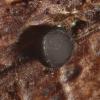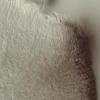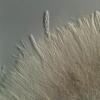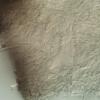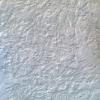
21-12-2025 09:32
Hello.A tiny ascomycete found embedded in wood in

21-12-2025 21:32
Pol DebaenstHello, Garden, Burgweg 19, Veurne, BelgiumOn 10/1

22-12-2025 23:38
Patrice TANCHAUDBonsoir, récolte sur un mur en pierre, apothéci

22-12-2025 00:47
Patrice TANCHAUDBonsoir, récolte à proximité du milieu dunaire

21-12-2025 21:40
Isabelle CharissouBonjour, j'aimerais connaitre les références de

21-12-2025 21:31
Pol DebaenstHello, Garden, Burgweg 19, Veurne, BelgiumOn 10/1

21-12-2025 21:31
Pol DebaenstHello, Garden, Burgweg 19, Veurne, BelgiumOn 10/1

20-12-2025 23:08
Patrice TANCHAUDBonsoir, récolte sur sol sablonneux dans l'arri�
Mollisia spectabilis
Chris Yeates,
14-10-2013 17:19
 Bonsoir tous
Bonsoir tousI note there have been at least two interesting threads concerning this taxon:
http://www.ascofrance.com/search_forum/13005
http://www.ascofrance.com/search_forum/20263
A recent find of what I think has to be this species has given me the opportunity to take some detailed micro-photo's which may be of interest to some members?. As has been commented upon by others this fungus sits very uneasily in Mollisia; gross morphology certainly suggests something in that direction, as does the structure of the excipulum, but paraphyses and asci do not look right for Mollisia at all.
Among the features I note is that while within the paraphyses there are examples of what might be termed 'pseudo-septa', in quite a number of instances true septa could be seen (as in the 8th photo). Also the amyloid ring was often very faint in Lugol, which may account for the statement by Graddon in TBMS that the asci were inamyloid.
The fungus was (sadly) solitary on a Quercus leaf (probably Q. petraea); free ascospores were scanty but those present measured 10.5-13.4 x 4.8-5.8. I am hoping further ascomata appear on the leaves I collected . . . .
Cordialement
Chris
Hans-Otto Baral,
14-10-2013 18:36

Re : Mollisia spectabilis
Yes, it is always sparse and nobody knows where it belongs. I compared it with Dennisiodiscus (!), especially those species without hairs, but the apical ring points more to a Helotiaceae.
Zotto
Zotto

